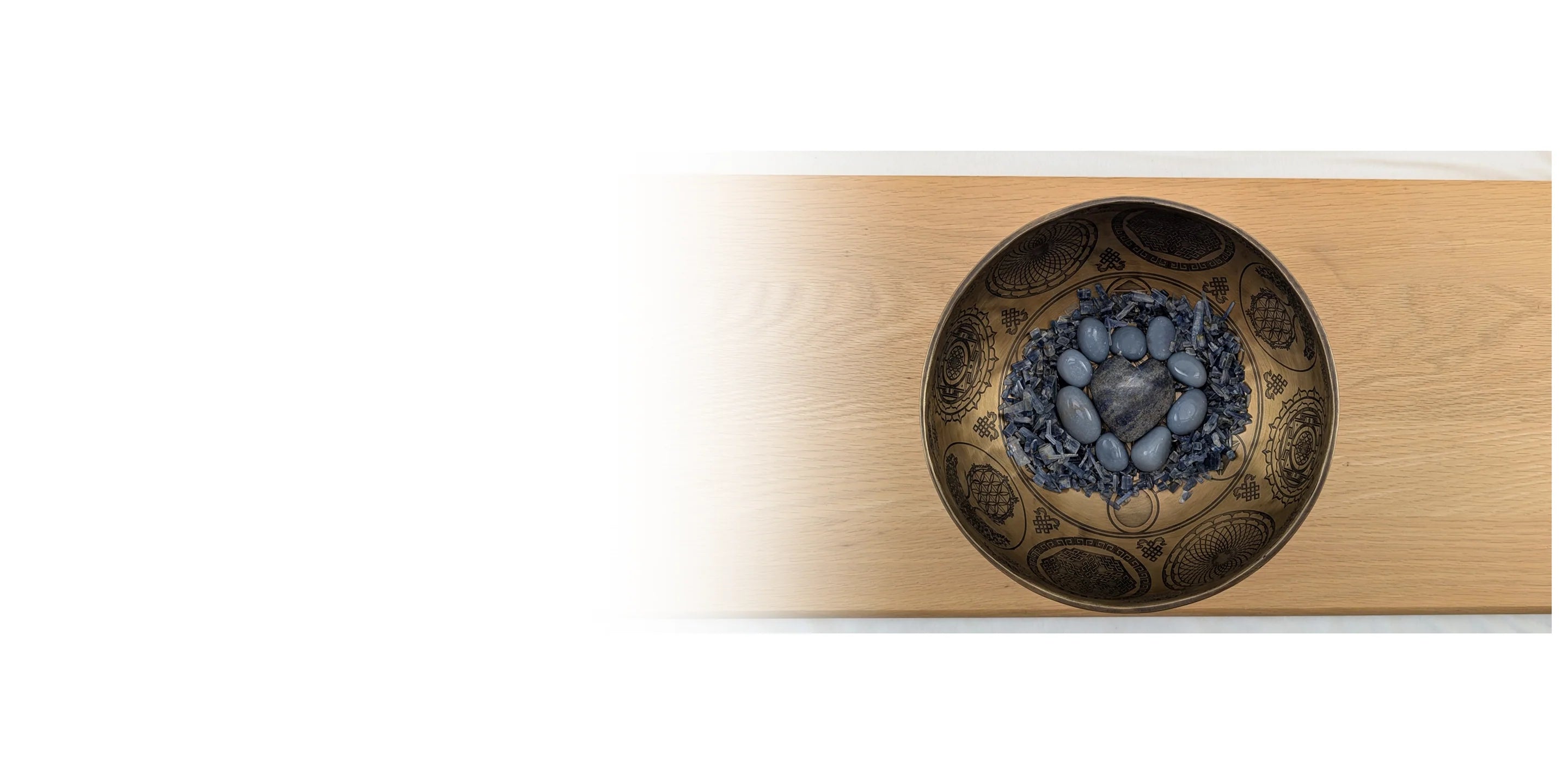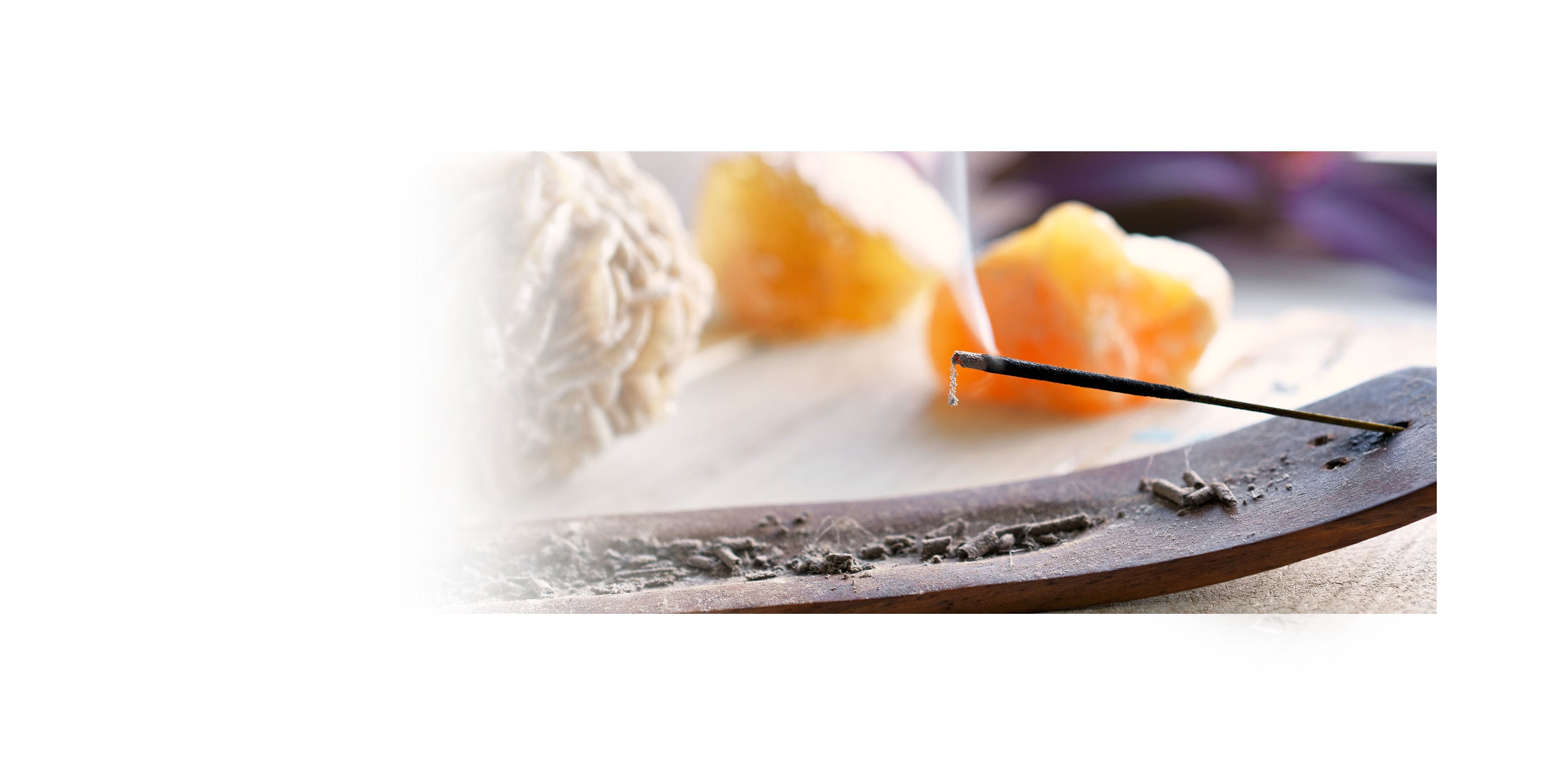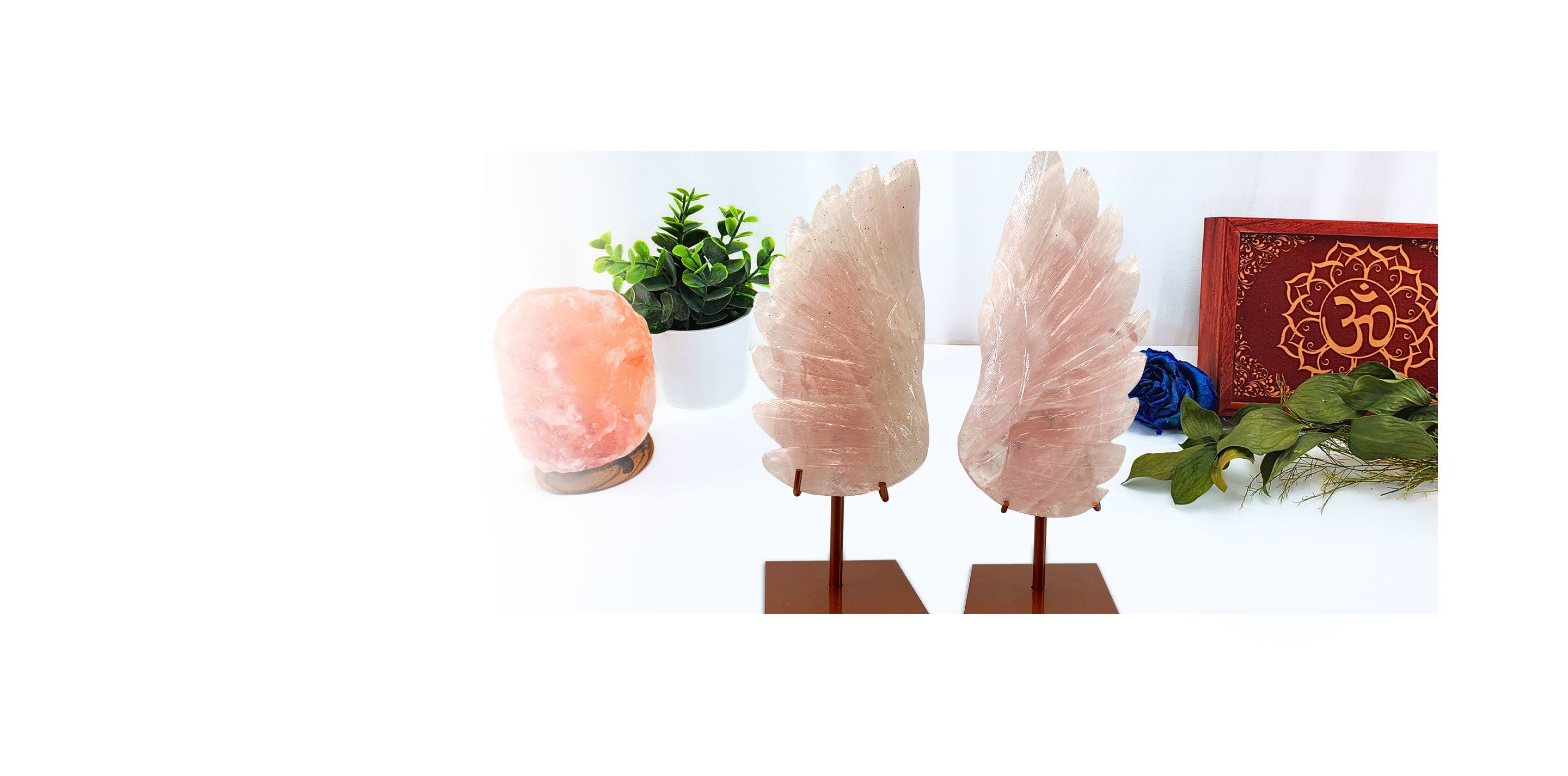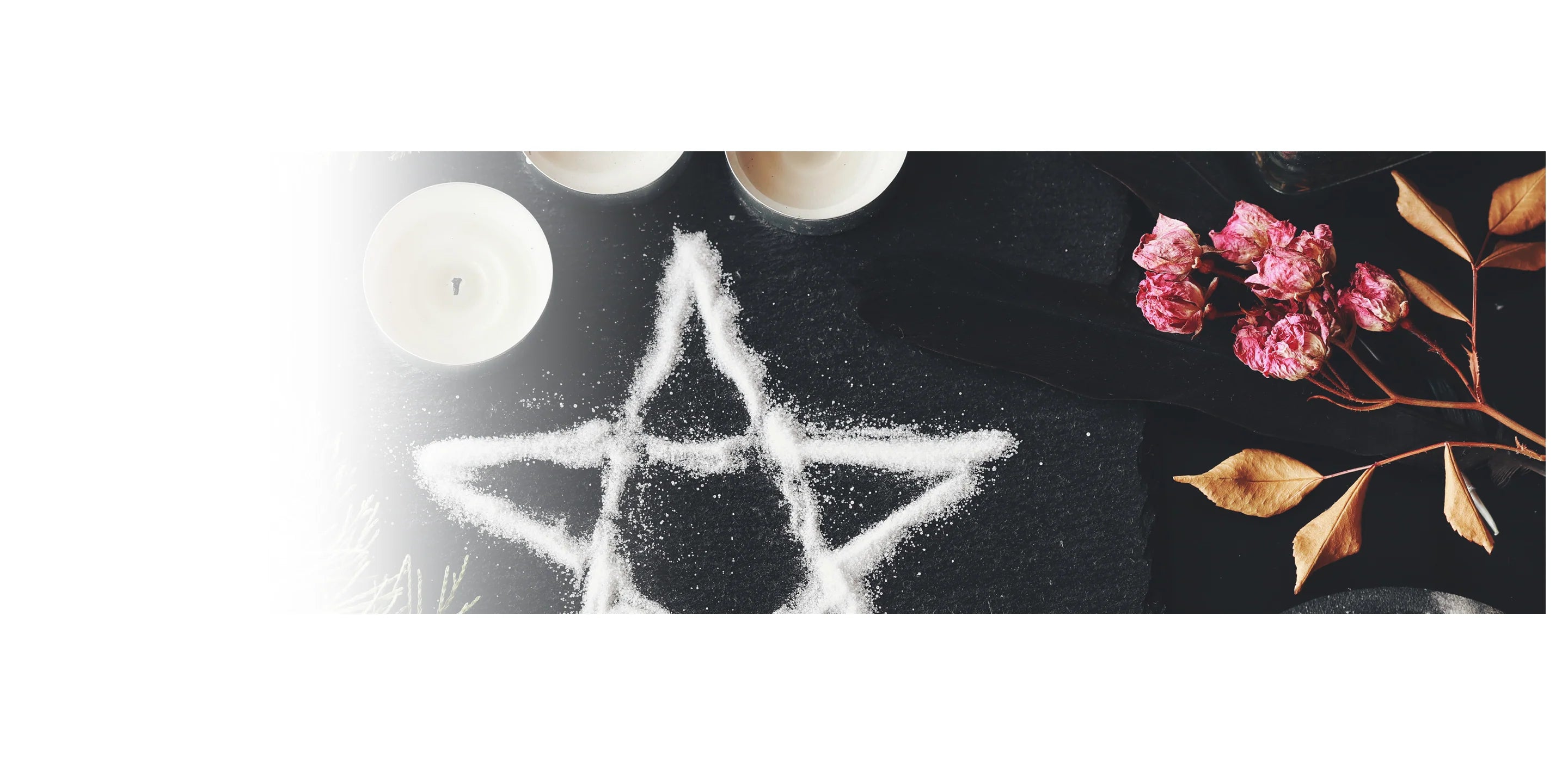Rope Incense: Ancient Aromas, Sacred Rituals, and Modern Mindfulness
Throughout history, the act of burning incense has transcended cultural boundaries—used to cleanse spaces, sanctify rituals, and bring clarity to the human spirit. Among the many types of incense found around the world, rope incense stands out not just for its beautiful form, but for its deep roots in Himalayan spiritual tradition, its handmade artistry, and its powerfully grounding aromas.
Origins of Rope Incense
The tradition of rope incense originates primarily in Nepal and Tibet, where it has been crafted by hand for generations. It is believed to have been developed as a practical and sacred way to burn herbs and resins in regions where incense sticks were either not widely used or materials were limited. Instead of using bamboo or charcoal bases, locals developed a method of twisting powdered herbs into strips of handmade paper, creating a self-contained form of incense that didn’t require any additional structure.
These blends often draw from Ayurvedic healing traditions, utilizing native Himalayan herbs such as juniper, sandalwood, sal tree resin (known as sala dhoop), frankincense, cinnamon, and myrrh. Each ingredient is chosen with care—not just for its aroma, but for its energetic and spiritual properties.
Rope incense has traditionally been used in Buddhist and Hindu rituals, including daily prayers, pujas, and meditations, as well as during festivals and healing ceremonies. The smoke is considered to carry prayers upward, purify the space, and create an atmosphere of spiritual clarity and divine presence.
Handmade Tradition and Cultural Craftsmanship
What makes rope incense particularly special is the handmade nature of its creation. Women in rural Nepali villages often take part in the process, supporting their families through this artisan skill. The herbs are ground by hand or with simple tools, then rolled into thin strips of Lokta paper—a natural, renewable paper made from the bark of the Daphne plant, native to the Himalayas. The paper is then twisted carefully into short, rope-like braids and left to dry.
This simple yet elegant process preserves a sustainable, low-impact tradition that has remained relatively unchanged for hundreds of years. Supporting rope incense means not just engaging with a spiritual practice, but also helping sustain a community-based craft and cultural heritage.
Spiritual and Metaphysical Properties
Each blend of rope incense carries different energetic qualities, depending on the herbs used:
-
Juniper is said to clear negative energy and encourage strength.
-
Sandalwood promotes tranquility, spiritual awakening, and inner peace.
-
Myrrh and frankincense are traditional in purification rituals and help deepen meditation.
-
Cinnamon can boost vitality and improve focus.
-
Himalayan herbs like spikenard and rhododendron bring grounding and healing energy.
In spiritual and metaphysical practices, the act of burning rope incense is both an offering and an invocation—a way to invite higher guidance, purify your home or sacred space, and center yourself.
How to Use Rope Incense
Though it may look unfamiliar at first, using rope incense is wonderfully simple and intuitive. Here’s how to get the most out of your experience:
1. Select a Safe Burner
Because rope incense is designed to burn while lying flat, choose a heatproof incense burner, ceramic dish, or metal bowl. Fill it with a bit of sand, rice, or ash to stabilize the rope and catch any ash that falls.
2. Light the Tip
Hold the rope incense at one end, and light the other with a lighter or match. Allow it to burn for 5–10 seconds until a small flame appears, then gently blow it out, letting it smolder like a coal.
3. Lay It Flat
Place the rope horizontally on your burner. As it burns, it will release fragrant smoke that fills your space with calming energy. The burn time usually ranges from 15 to 30 minutes, depending on the size and thickness of the rope.
4. Sit and Be Still
Whether you're meditating, journaling, cleaning, or simply pausing in your day, take a few deep breaths and allow the scent to draw you inward. Let the smoke act as both a sensory and spiritual reminder to slow down and reconnect.
5. Dispose Safely
Once the incense has burned completely, let the ash cool before disposing. Some practitioners like to scatter the ash in the garden as an offering back to the Earth.
When to Use Rope Incense
Rope incense can be a beautiful companion in many moments:
-
During morning rituals to begin your day with intention.
-
While practicing yoga or meditation for a deepened sense of presence.
-
In cleansing ceremonies to purify your space of stagnant energy.
-
As a daily spiritual practice or offering to your ancestors, deities, or higher self.
-
When you simply want to pause and ground yourself with calming scent and sacred smoke.
Conclusion: A Ritual of Connection
In a fast-paced world, rope incense invites us to slow down. Every element—from its handmade form to its sacred ingredients—reminds us of the quiet power of tradition, the connection between Earth and spirit, and the importance of ritual in daily life.
Whether you’re continuing a spiritual practice or just discovering rope incense for the first time, this beautiful tradition offers something more than just fragrance. It offers presence. It offers peace. And most importantly, it offers a link to a rich lineage of wisdom carried gently through smoke.

























Leave a comment